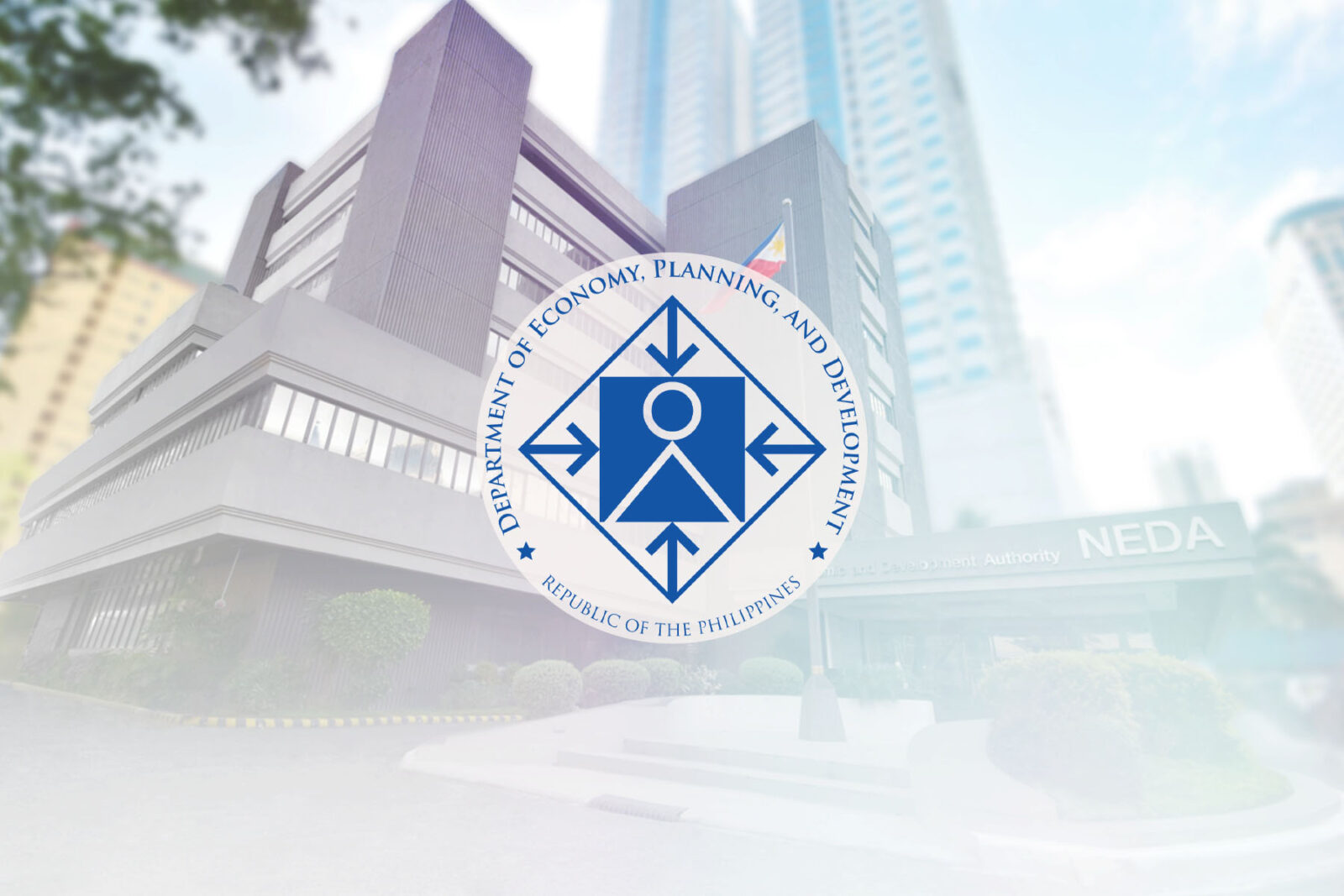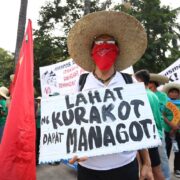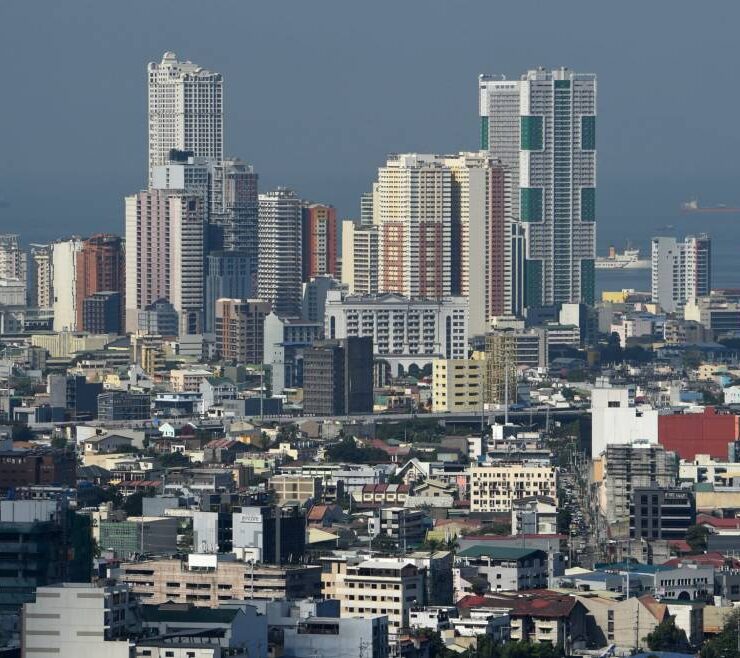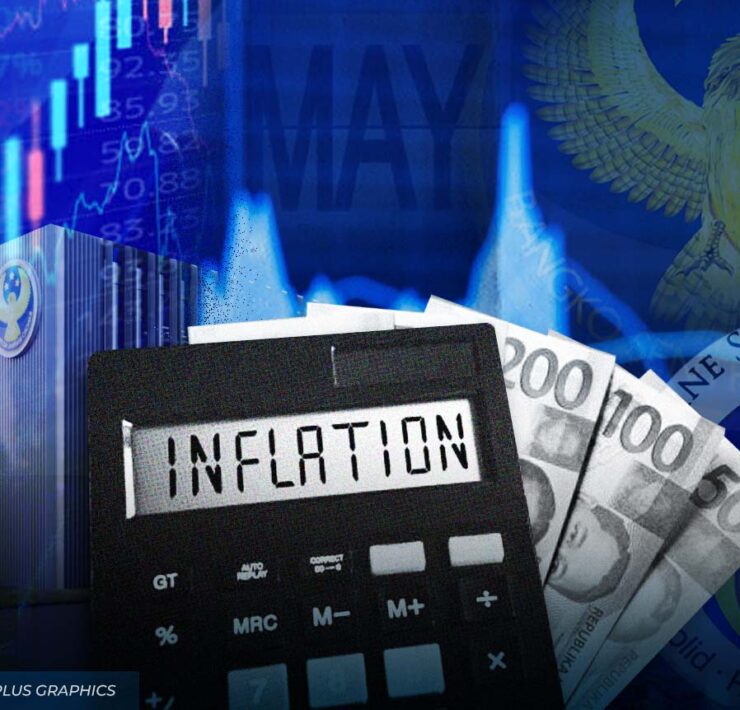Flexible rice tariff policy seen to temper food prices

The government’s adoption of a gradual and flexible rice tariff adjustment starting next year could help ease pressure on rice prices and potentially stabilize inflation, economists said.
Under the new policy approved by the Economic and Development (ED) Council on Tuesday, tariff rates will adjust gradually based on changes in international prices beginning Jan. 1, 2026.
“Starting January 1, 2026, a more gradual and flexible tariff adjustment shall be adopted, with adjustments by 5 percentage points per 5-percent change in international prices, subject to a minimum rate of 15 percent and a maximum rate of 35 percent,” the Department of Economy, Planning and Development (DepDev) said.
The measure complements the government’s decision to maintain the current 15-percent tariff for both in-quota and out-quota rice imports until the end of 2025, as recommended by the Tariff and Related Matters Committee (TRMC).
“The TRMC’s recommendation is part of a broader government strategy to ensure stable rice prices and protect both farmers and consumers, while safeguarding macroeconomic stability,” DepDev added.
Aris Dacanay, economist at HSBC Global Research, said the policy provided “clarity” on rice tariffs and could help keep inflation steady.
“If successfully implemented, rice will neither be inflationary or deflationary to the overall consumer price basket, as any price adjustments in rice, internationally, will just be offset by a change in tariff rates,” he said.
Meanwhile, Ateneo de Manila University economist Leonardo Lanzona said the policy aimed to reduce prices and could even lower inflation as it “effectively brings back the rice tariffication law.”
“The idea is that the local supply is stable, but the imported rice can now be allowed in case the supply becomes inadequate, especially with the coming holiday season,” Lanzona said.
“In anticipation of increased demand, the importation of rice is once again allowed to raise its supply. If anything, this policy is supposed to lower food prices and inflation,” he added.
No immediate impact
Still, DepDev Secretary and ED Council Vice Chair Arsenio Balisacan clarified that the rice tariffs would have little immediate effect on local prices due to the extension of the rice import ban.
President Marcos on Monday approved the extension of the import ban until the end of the year to help stabilize farm-gate prices of palay.
In an interview before the announcement of the new measure, Balisacan said, “I think we can use a combination of tools to address both the farm-gate and consumer problems—to make food prices affordable to consumers while at the same time preventing any upward inflation pressure.”
Headline inflation held steady at 1.7 percent in October, as rice prices dropped by 17 percent—a downtrend that state statisticians expect to persist amid higher local production and the ongoing import ban.





















